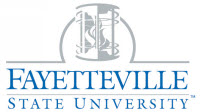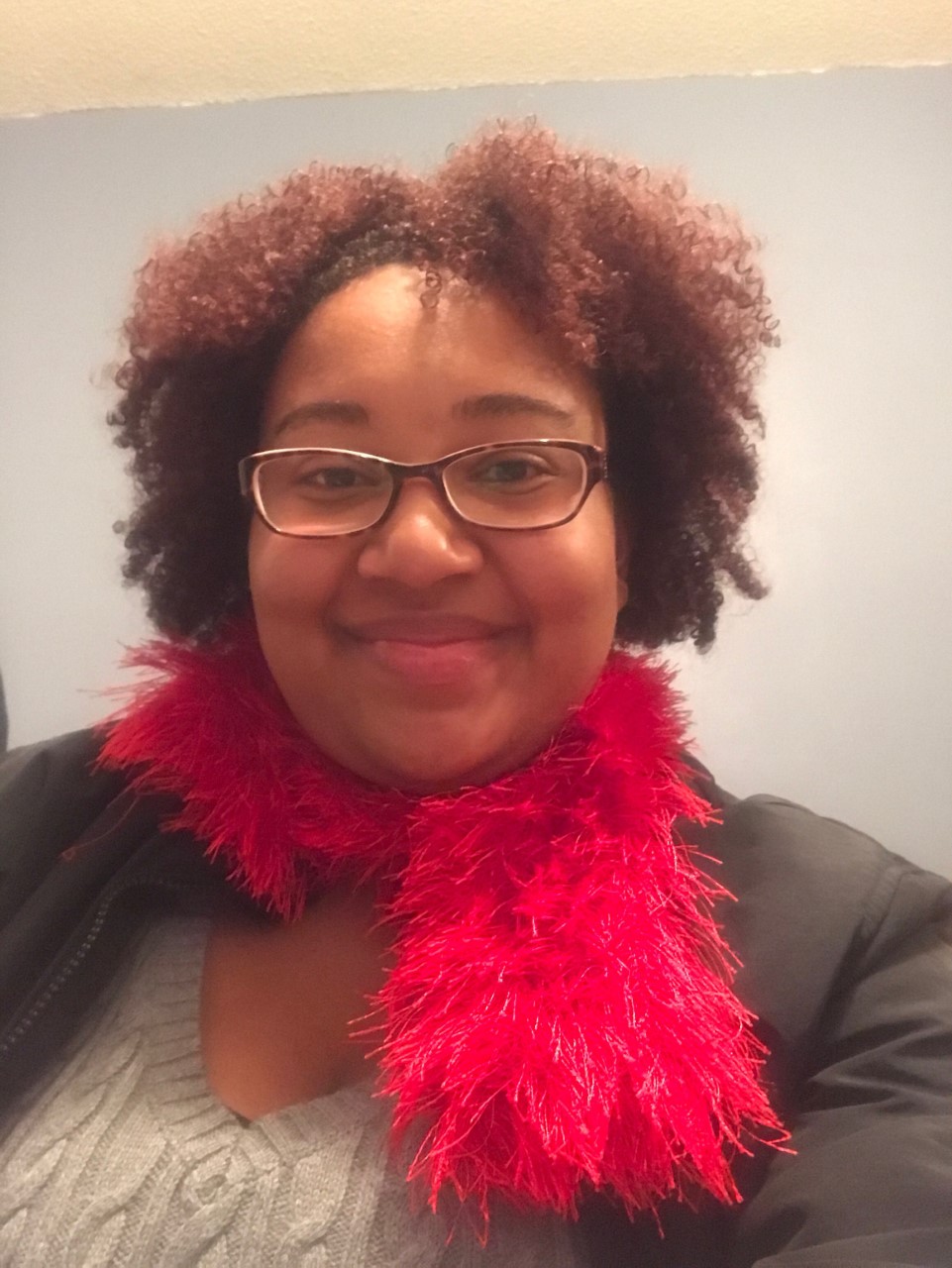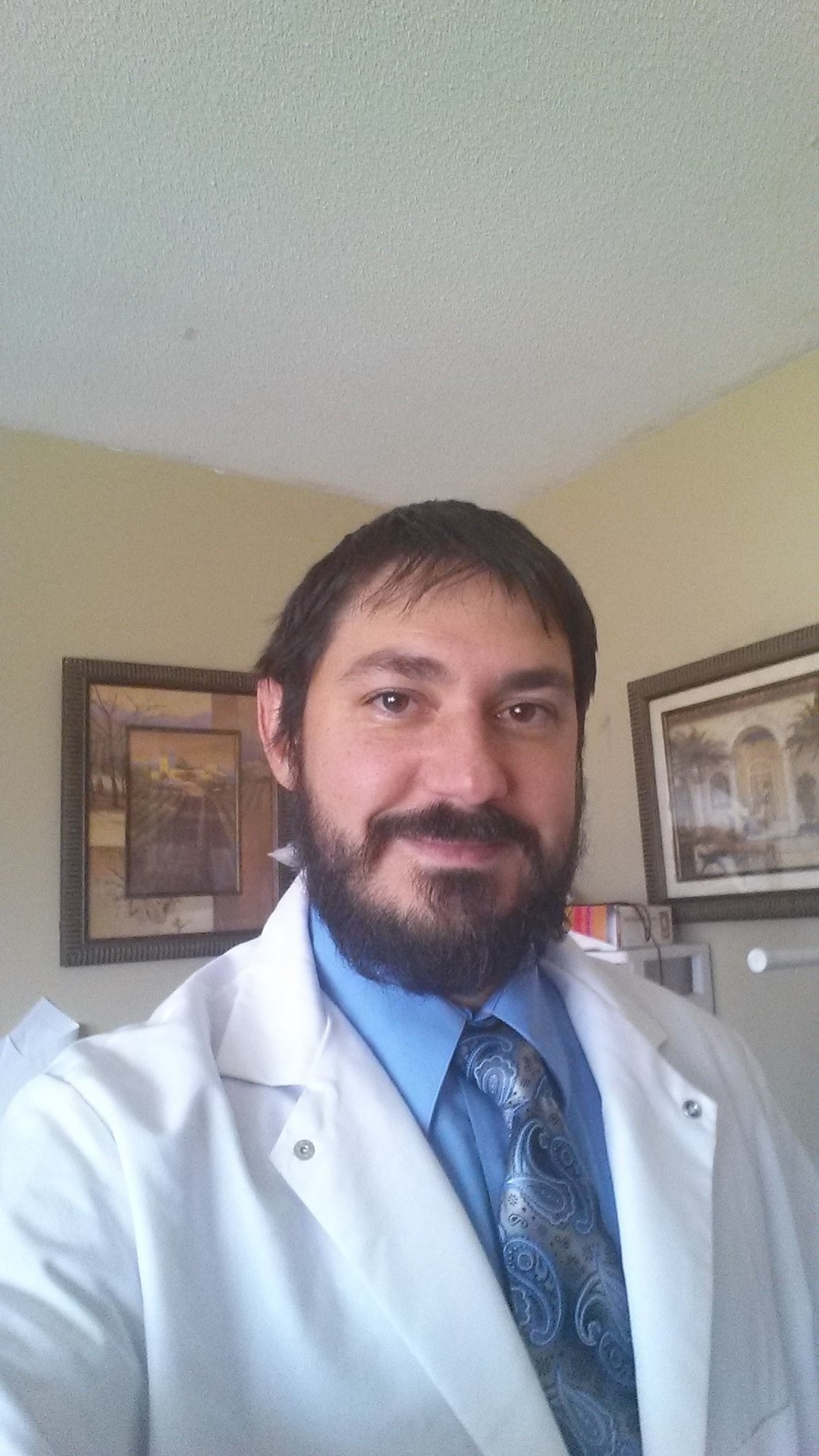Below is a summary of the abstract you submitted. Presenting author(s) is shown in bold.
If any changes need to be made, you can modify the abstract or change the authors.
You can also download a .docx version of this abstract.
If there are any problems, please email Dan at dar78@pitt.edu and he'll take care of them!
This abstract was last modified on May 5, 2017 at 2:19 p.m..

Bacteriophages are the most numerous microbes in the biome and display massive genetic diversity. Thirteen phages capable of replication in Mycobacterium smegmatis mc<sup>2</sup>155 were isolated in the Sandhills region of North Carolina. Three phages (Cornie, FrayBell, and Leogania) were sequenced at the Pittsburgh Bacteriophage Institute. All three of the sequenced phages were novel. Fraybell demonstrated myoviridae morphology and the remainder were syphoviridae. Cornie is of particular interest as it is the lone member of the new subcluster F5. The plaques of Cornie have a slight comet tail appearance when grown in M. smegmatis mc<sup>2</sup>155. Many of the encoded proteins had higher homology to bacterial genes than the genes of other phages. Cornie appears to be a lysogenic phage due to its turbid plaques and the presence of lysogeny-associated genes such as an integrase, an immunity repressor, a CRO repressor, and antirepressor. Continuing work will involve seeking related phages from the same geographic region using a Cornie lysogen.


